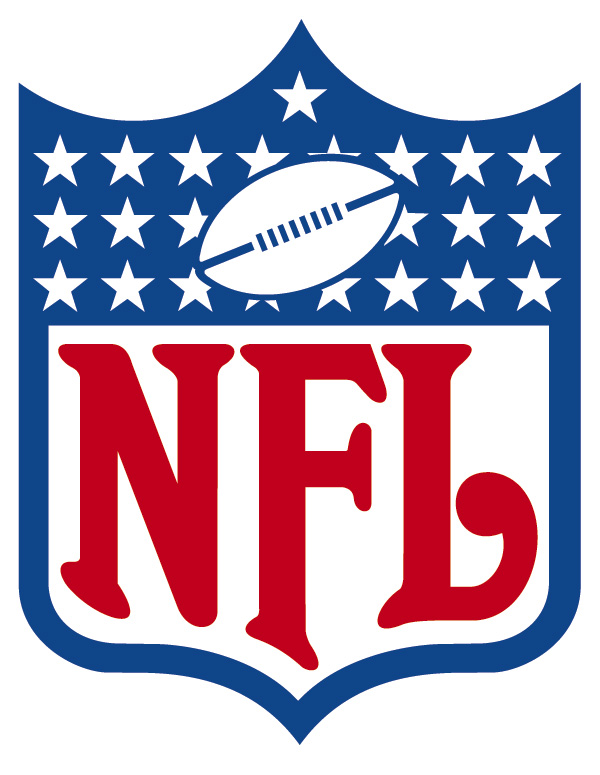There was an interesting article posted on the league’s website yesterday that centered around comments made recently by New Orleans Saints head coach Sean Payton, who is evidently in support of incorporating virtual reality as a training technique for quarterbacks. The article also touches on other technological elements of advancing the game that I think are worth exploring.
As Payton points out in his comments, quarterback is essentially the only position on offense or defense in which there’s only ever one, barring injury. A starting quarterback could easily play every snap of a season, resulting in the reality that no other quarterback on the roster took a single snap. This was the case with the Pittsburgh Steelers in 2013, and nearly so again in 2014.
I would think, however, that this virtual reality, or ‘augmented reality’, technology discussed in a related article would be more geared toward a developmental tool, rather than a replacement—at best a supplement—for starting quarterbacks. In other words, the ones who should most benefit from this technology are the Landry Joneses of the world, who miss out on valuable practice snaps.
It would certainly be simpler, and provide resource management advantages, if you can have your third-string quarterback scrimmage against a virtual defense, for example. Not only will he actually get more experience in the process, it will allow the coaching staff to use the defensive players for more important practice tasks.
The process is likened to pilot training software, in which candidates perfect their craft in a virtual environment in order to gain experience without the real-world safety and resource risks involved.
Though many with an old school mindset will no doubt resist such things, I could see the league potentially being interested in experimenting with it here, if not in the immediate future, perhaps in the near future. A trial basis, perhaps limited to a team or two, could give the league valuable information about its viability as a developmental tool league-wide.
The NFL already took the initiative a season ago to incorporate technology into players’ uniforms, which allowed teams to collect data about how and why a player moved in a given context, creating a tendency profile that could be endlessly useful for a coaching staff.
Football has not always been the most amenable sport when it comes to technology and things of that nature, though perhaps that is beginning to change, especially as it becomes a more monied institution.
Investors like to see numbers to justify their investments, plain and simple, and it is for perhaps that reason more than any other that I can see the league headed in a continually more technology-friendly business model. It may yet still be a few years or more down the road, but there does seem to be a trend heading in that direction as the makeup of the league, from the owners to the coaches to the players, changes.








